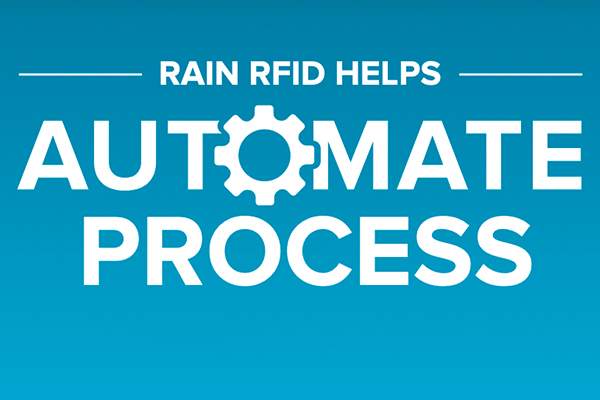How Hidden Clinical Assets Strain Hospital Finances
Technologies are emerging to make your hospital equipment work smarter with automated asset management systems and RAIN RFID-enabled solutions.
There’s an odd paradox many hospitals are facing today. Mobile medical equipment, typically costing many millions of dollars¹, is both plentiful and in short supply at the same time. Constant purchasing and renting of equipment plus an ongoing perceived shortfall is leading to overspending and inefficiency.

Hidden assets create operational frustration
According to studies, the average mobile medical device is in use only 42% of the time. In other words, there are more than enough idle devices in the hospital at any moment and yet there are too few of them where it counts. Without real-time tracking, each nurse wastes 21 minutes per shift trying to find the device the patients need.¹ That’s 21 minutes lost for every nurse, on every shift, on every day of the year.
Connected mobile assets are a growing component of modern patient care—whether they are monitoring devices, infusion pumps, or ventilators. Even as hospitals invest about $3,000 per hospital bed annually¹ on mobile medical devices, they track this expensive equipment manually with spreadsheets and sticky notes.
Unfortunately, the common way to address the invisibility gap is to acquire even more equipment. This doesn’t solve the underlying problem. In fact, it needlessly escalates spending while creating redundancy, clutter, and waste.
Big payoff for quality of patient care and budgets
Thankfully, technologies are emerging to make your hospital equipment work smarter. The simplest technique is to replace old-school manual tracking with an automated asset management system.
For example, RAIN RFID-enabled asset management solutions place a small radio frequency chip on each mobile device which allows the asset to connect to a network. Scanners placed at strategic locations throughout the hospital track equipment as it passes from storage to patient to cleaning in real-time.
By removing the costly cloak of invisibility, equipment utilization grows. You can instantly assess the location and availability of every mobile device. Did it walk out the door, accidentally or by theft? Is it ready to use, but standing idle in a corner or closet?
Integrated solutions from Impinj and our partners allow you to go a step further. Online scheduling portals let clinicians request equipment and expedite routing it to patients. Other solutions automatically track maintenance schedules or expiration dates to decrease device malfunctions and increase the quality of patient care.
There’s a great fiscal payoff, too. In our customer studies², RAIN RFID-directed workflows typically save hospitals around $4 million in loss prevention, equipment purchases, and improved staff productivity.
With ROI like that, it’s no surprise that annual shipments of asset management Internet of Things (IoT) devices are expected to climb from 22 to 70 million by 2022.³ IoMT is a great advantage to hospitals. But if improperly managed, many of the benefits vanish. Now is the time to adopt the automated process that will transform your invisible equipment into useful, productive, and life-giving assets.
¹Rusian Horblyuk, Kristopher Kaneta, Gary L. McMillen, Christopher Mullins, Thomas M. O’Brien and Ankita Ro. “Out of Control: How Clinical Asset Proliferation and Lower Utilization are Draining Healthcare Budgets.” GE Healthcare, 2012.
²Impinj Healthcare ROI Calculator. Based on a hospital managing approximately 5,000 pieces of equipment. Savings achieved over five-year period.
³O’Dowd, Elizabeth. “Asset Tracking Significant to IoMT Availability, Security.” HIT Infrastructure.
Tuesday, September 17, 2019
ABOUT THE AUTHOR

Wendy Werblin
Former Impinj Director of Industry Solutions
Sign Up for the latest news
